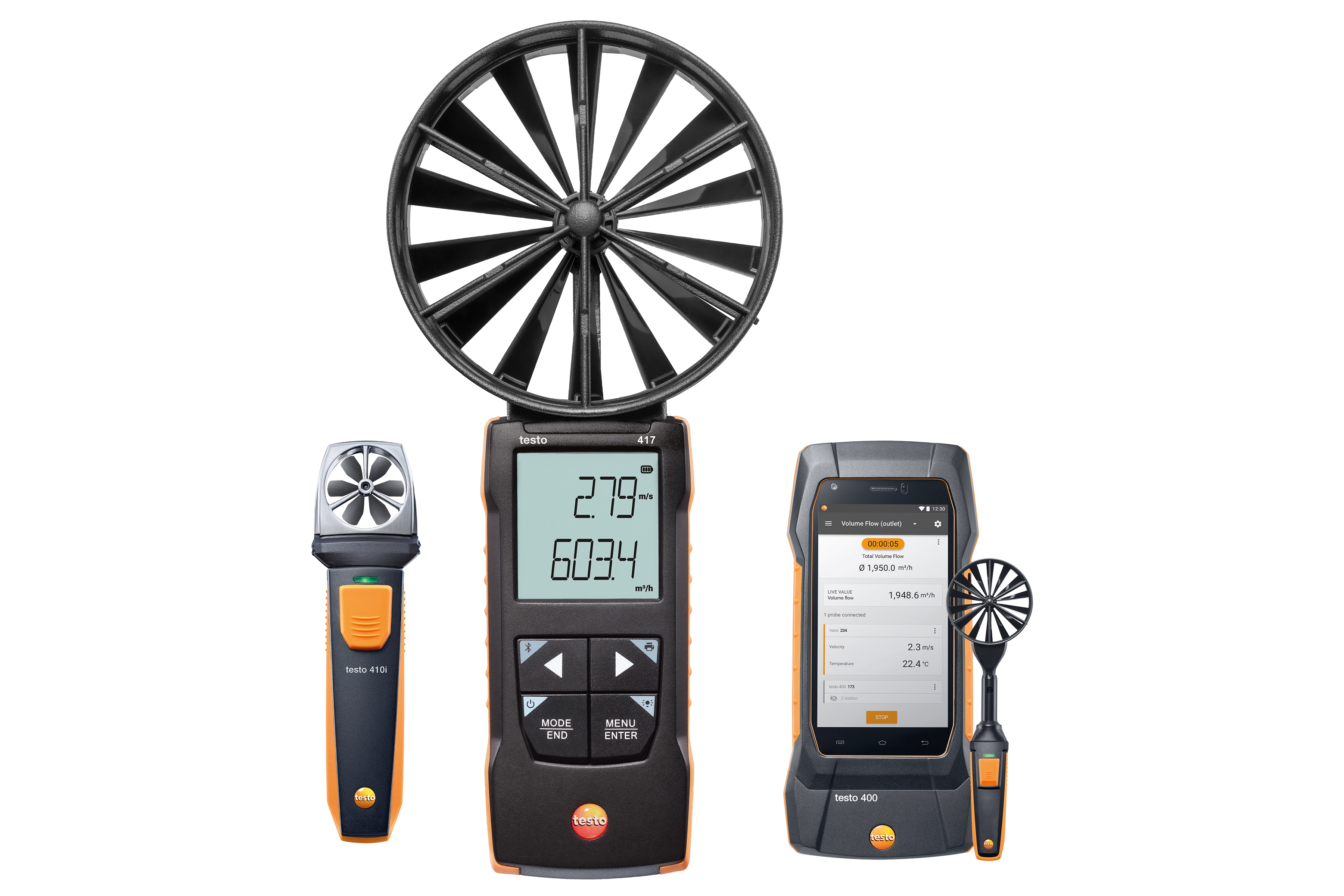Comprehending Different Sorts Of Anemometers for Different Applications
Comprehending Different Sorts Of Anemometers for Different Applications
Blog Article
Checking Out the Features and Advantages of Anemometers for Climate Lovers and Experts
From cup anemometers to sonic anemometers, each type brings its one-of-a-kind set of advantages and applications, losing light on different elements of climatic conditions. As we dive right into the functions and advantages of anemometers, a much deeper understanding emerges not only of dominating weather phenomena yet also of the more comprehensive implications for sectors like wind power production and ecological research study.
Significance of Anemometers in Climate Surveillance
Anemometers play an essential duty in climate tracking by providing accurate measurements of wind rate, assisting in forecasting and understanding weather patterns. These tools, varying from conventional mug anemometers to modern-day ultrasonic anemometers, are essential for meteorologists, researchers, and weather condition lovers alike.

Kinds Of Anemometers and Their Applications
The most common types of anemometers consist of mug anemometers, vane anemometers, hot-wire anemometers, and ultrasonic anemometers. Cup anemometers consist of three or 4 cups installed on straight arms that rotate with the wind, gauging its speed. Vane anemometers, on the various other hand, use an easily turning vane to straighten with the wind instructions, offering both wind speed and instructions dimensions.
Cup anemometers are appropriate and robust for general climate monitoring, while vane anemometers are favored for directional measurements. Ultrasonic anemometers are non-intrusive and offer high accuracy, often made use of in study and specialized weather monitoring applications.
Benefits of Utilizing Anemometers in Forecasting
In meteorology, the usage of anemometers supplies indispensable advantages for improving the precision of climate projecting. Anemometers gauge wind rate and instructions, supplying crucial information for anticipating weather patterns. By incorporating wind information into projecting versions, meteorologists can much better recognize the movement of weather systems, anticipate adjustments in climatic conditions, and issue extra specific projections.
Moreover, anemometers play a crucial duty in evaluating prospective climate risks. Keeping track of wind rates assists forecasters predict extreme weather events such as typhoons, hurricanes, and winter season tornados with greater accuracy. This very early warning system makes it possible for authorities important site to issue prompt signals and implement needed precaution, decreasing the dangers to life and home.
In addition, anemometers assist in maximizing renewable resource manufacturing. By examining wind patterns, meteorologists can identify ideal places for wind ranches and predict power output, adding to the effective generation of wind power.

Anemometers in Wind Power Manufacturing
Provided the critical role anemometers play in supplying precise wind data for weather projecting and danger evaluation, their value expands to the realm of wind power manufacturing. Anemometers are crucial instruments in the field of wind energy, where the measurement of wind speed and instructions is important for determining the usefulness and effectiveness of wind generator installations. By properly measuring wind rates at varying elevations, anemometers help optimize the placement and design of wind turbines to optimize power outcome.
In wind farms, anemometers are tactically put to collect real-time wind information that is used to examine the prospective power manufacturing of a site. This data is important in identifying the economic practicality of wind power tasks and in projecting power generation to ensure grid security. Furthermore, anemometers aid in keeping track of wind conditions to maximize wind turbine efficiency, avoid damage from high winds, and make certain the security of personnel operating in the location of wind turbines.
Enhancing Weather Condition Recognizing With Anemometers

Anemometers play a key visit this page function in improving our understanding of microclimates. These local climate problems can differ dramatically from wider regional forecasts, making it important to have precise data for certain areas. anemometer. By tactically putting anemometers in various places, scientists can collect thorough info on how wind acts in various terrains, metropolitan environments, or bodies of water
Additionally, anemometers add to enhancing climate forecasting versions by providing real-time information on wind actions. This information is especially valuable for anticipating serious weather occasions, optimizing agricultural methods, and supporting industries like aviation and maritime navigation. On the whole, anemometers are vital instruments that allow us to dig much deeper right into the intricacies of weather condition systems, eventually causing even more precise predictions and better-informed decisions.
Verdict
In verdict, anemometers play a vital function in weather tracking and forecasting by gauging wind rate and direction. Anemometers likewise have applications in wind power manufacturing, further highlighting their value in both weather forecasting and sustainable power fields.
From cup anemometers to sonic anemometers, each kind brings its unique collection of advantages and applications, shedding light on different facets of atmospheric conditions. These instruments, varying from typical mug anemometers to contemporary ultrasonic anemometers, are vital for meteorologists, scientists, and climate lovers alike. The most typical kinds of anemometers consist of mug anemometers, vane anemometers, hot-wire anemometers, and ultrasonic anemometers. Mug anemometers are robust and suitable for general weather monitoring, while vane anemometers are favored for directional dimensions. Anemometers are vital tools in the field of wind energy, where the measurement of wind speed and direction is important for determining the usefulness and efficiency of wind turbine setups.
Report this page